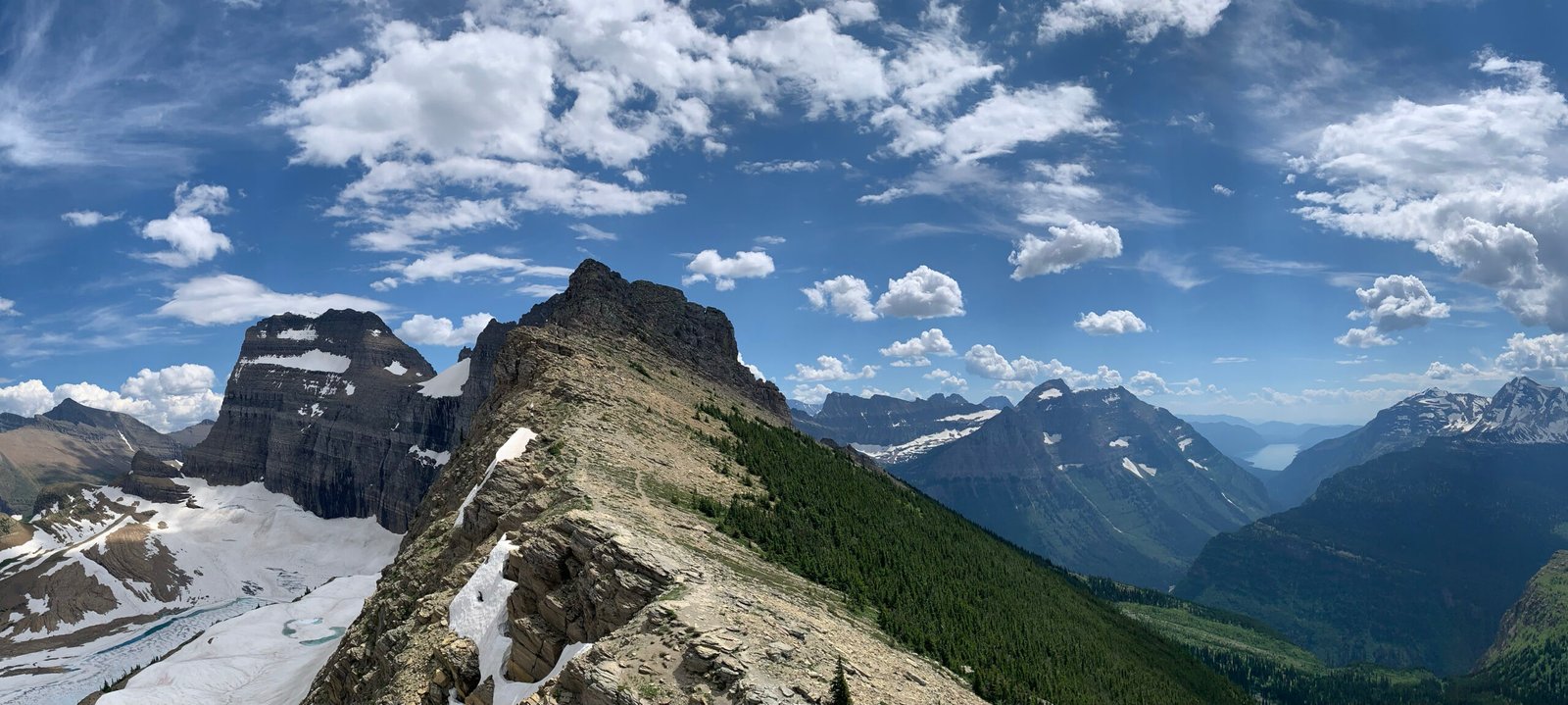Glacier National Park is home to majestic mountain goats, known for their impressive climbing abilities and striking white coats. While these animals are a sight to behold, it’s crucial for visitors to understand how to safely observe and coexist with them. This guide provides essential information on maintaining safety around mountain goats in Glacier National Park, including proper distancing, behavior understanding, and hiking precautions.
What Are the Key Safety Tips for Mountain Goat Encounters?

When encountering mountain goats in Glacier National Park, follow these critical safety guidelines:
- Maintain a minimum distance of 75 feet (25 yards or 23 meters) from mountain goats.
- Never approach or attempt to feed mountain goats.
- If you spot mountain goats near the road, remain in your vehicle and move on slowly.
- While hiking, give mountain goats ample space and avoid following their tracks.
- Keep pets on a leash at all times to prevent disturbance to wildlife.
These measures help ensure both visitor safety and the well-being of the park’s mountain goat population.
How Do Mountain Goats Behave in Glacier National Park?


Understanding mountain goat behavior is crucial for safe interactions:
- Habitat Preference: Mountain goats inhabit high, rocky terrain, showcasing remarkable climbing abilities on near-vertical cliffs.
- Dietary Habits: They feed on alpine flowers, grasses, and sedges found in their high-altitude habitats.
- Seasonal Movements: In spring and summer, goats may descend to lower elevations for fresh vegetation and to lick salt from road surfaces.
- Predator Avoidance: Steep cliffs serve as natural protection from predators like wolves and bears.
- Human Interaction: Some goats may become habituated to human presence, potentially leading to closer and riskier encounters.
What Precautions Should Hikers Take on Trails?
To ensure safety while hiking in areas frequented by mountain goats:
- Research and select trails with lower likelihood of goat encounters, especially during breeding seasons.
- Make noise while hiking to avoid surprising mountain goats.
- Stay vigilant and watch for signs of goat presence, such as tracks or scat.
- If you encounter goats, remain calm and slowly back away, providing them with space.
- Avoid disturbing or following mountain goats, particularly during winter when they need to conserve energy.
How Does the Park Educate Visitors About Mountain Goat Safety?
Glacier National Park employs various methods to inform visitors about safe interactions with mountain goats:
- Educational programs and interpretive displays at locations like the Rogers Pass Discovery Center.
- Clear signage and guidelines throughout the park regarding safe wildlife viewing distances and behaviors.
- Ongoing research and monitoring of mountain goat populations and their interactions with humans.
These efforts aim to promote responsible wildlife viewing and minimize negative human-wildlife interactions.
What Should You Do If You Encounter a Mountain Goat on the Road?
When encountering mountain goats on or near park roads:
- Slow down your vehicle immediately.
- Remain inside your vehicle at all times.
- Do not stop or pull over to observe the goats.
- Proceed slowly and cautiously past the animals.
- Report the sighting to park rangers if the goats appear to be in a dangerous location.
This approach helps maintain safety for both visitors and wildlife while preventing habituation of goats to vehicles.
Are There Specific Areas in the Park Known for Mountain Goat Sightings?
While mountain goats can be found throughout Glacier National Park’s high-altitude areas, some notable locations include:
- Logan Pass
- Hidden Lake Overlook Trail
- Highline Trail
- Sperry Chalet area
- Goat Lick Overlook (along U.S. Highway 2)
Remember that wildlife sightings are unpredictable, and it’s essential to be prepared for encounters in any area of the park.
How Can You Photograph Mountain Goats Safely?
To capture images of mountain goats without compromising safety:
- Use a telephoto lens to maintain a safe distance.
- Never approach goats for a ‘better shot’.
- Be aware of your surroundings and potential escape routes.
- Avoid using flash photography, which can startle the animals.
- Do not position yourself between a nanny and her kid.
Responsible photography ensures memorable experiences without endangering yourself or the wildlife.
What Are the Consequences of Feeding or Approaching Mountain Goats?
Feeding or approaching mountain goats can have serious consequences:
- For Goats:
- Habituation to human food, leading to poor nutrition
- Loss of natural foraging behaviors
- Increased vulnerability to predators
-
Potential aggression towards humans
-
For Humans:
- Risk of injury from goat attacks
- Fines and penalties for violating park regulations
- Contribution to the decline of natural wildlife behaviors
It’s crucial to respect wildlife by observing from a distance and never offering food.
How Does Climate Change Affect Mountain Goat Safety in the Park?
Climate change impacts mountain goat populations and potentially their interactions with humans:
- Shrinking alpine habitats force goats to adapt or move to new areas.
- Changes in vegetation patterns may alter goat distribution within the park.
- Increased heat stress could lead to more frequent encounters at lower elevations.
- Altered snow patterns may affect goat movement and visitor access to certain areas.
Park management continuously monitors these changes to adapt safety guidelines as needed.
What Should You Do If Injured by a Mountain Goat?
In the rare event of an injury caused by a mountain goat:
- Seek immediate medical attention.
- Report the incident to park rangers as soon as possible.
- Provide detailed information about the location and circumstances of the encounter.
- Follow any additional instructions given by park staff.
Quick reporting helps park management address potential wildlife conflicts and ensure visitor safety.
By following these guidelines and respecting the natural behaviors of mountain goats, visitors can enjoy safe and memorable experiences in Glacier National Park while contributing to the conservation of these magnificent animals.
Reference:
1. Glacier National Park Wildlife
2. National Park Service – Mountain Goat Resource Brief
3. National Park Service – Wildlife Safety